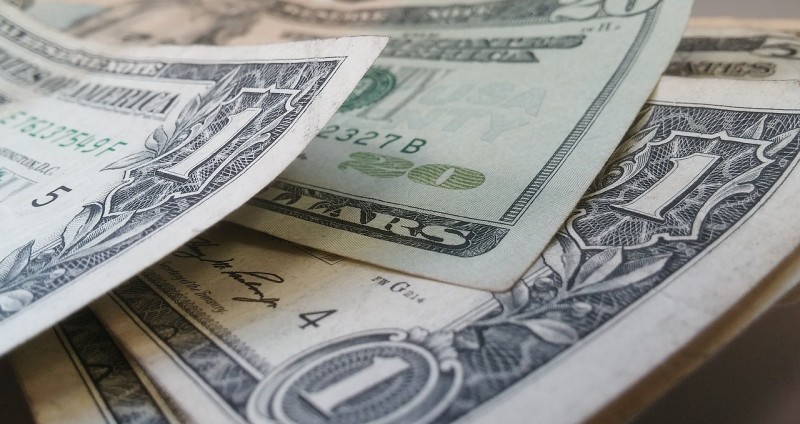Popular Posts
Investing for the long term, particularly for retirement, seems to be a game of buying low and selling high — and it is. Stocks you buy today should be worth much more in future years when you go to sell them.
But there’s another factor in investing that most people gloss over, and that is yield. Understanding what is yield and how it affects your investment planning is crucial to getting the results you want.
Yield covers a lot of ground. Broadly speaking, yield is cash you earn from an investment without having to sell it. If you own a business, this would be the profits, the money the business keeps after paying overhead such as taxes, payroll and insurance.

Yield is easy to calculate. Consider the total investment amount, then the amount of cash that flows from it. The cash over a year is expressed as a percentage.
For instance, a bond that you bought for $10,000 generates $600 a year in interest. That’s a 6% yield.
Most of us are quite used to thinking of the inverse, the interest rate we pay for a mortgage or on a loan. For a banker, that’s yield on the bank’s investment in your ability to repay the loan.
In a retirement investment portfolio, yield is coming from all directions. Dividend-paying stocks generate cash quarterly. Government bonds pay interest periodically, too.
Then there are other investments that pay interest, such as real estate holdings, high-yield debt and preferred stock. Each of these instruments is doing the same thing, earning a return on capital and giving that cash to investors.
You don’t have to sell a real estate investment trust (REIT) to get cash. You can keep your corporate debt and still get paid. The face value of these investments might go up or down, but the cash flow usually continues.
When you are a younger investor, however, it’s often best to automatically reinvest your incoming yield. If you have an income from work, that yield cash is far more valuable to you in the form of new shares.
Most investment programs automatically buy shares of an investment with your yield, and often fractions of shares, to make sure that your yield is put back to work. The only thing you need to do is make sure that your portfolio stays on track by rebalancing it from time to time.
Your holdings will change as a result of changing market values, but also as a result of reinvested yield. Rebalancing ensures that you don’t unwittingly increase your risk by overloading in a single investment type.
As you get older, yield income will be part of your retirement picture. Rather than sell holdings to generate income, you will be able to take out cash that would have otherwise been reinvested.
Yield is not risk-free. The cash is due to you, but high yields often are unsustainable. Stock dividends can be cut. Bonds can default. There is no free lunch.
Nevertheless, a steady, sustainable yield is a major part of total return, the combination of yield and appreciation that makes investing for retirement pay off over the decades. Diversification and prudence get you income and growth with no surprises along the way.